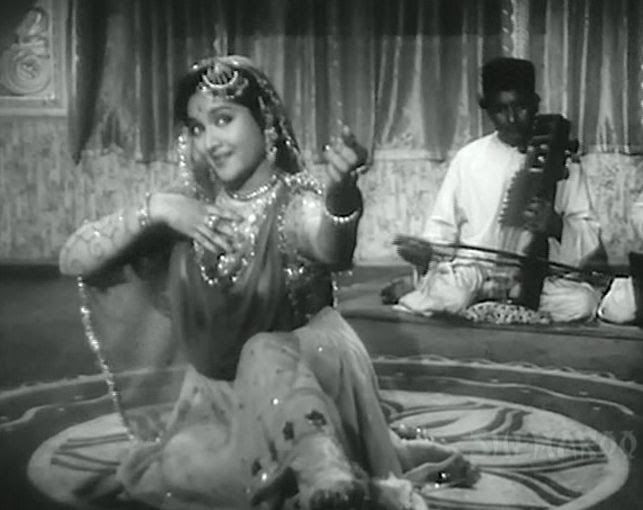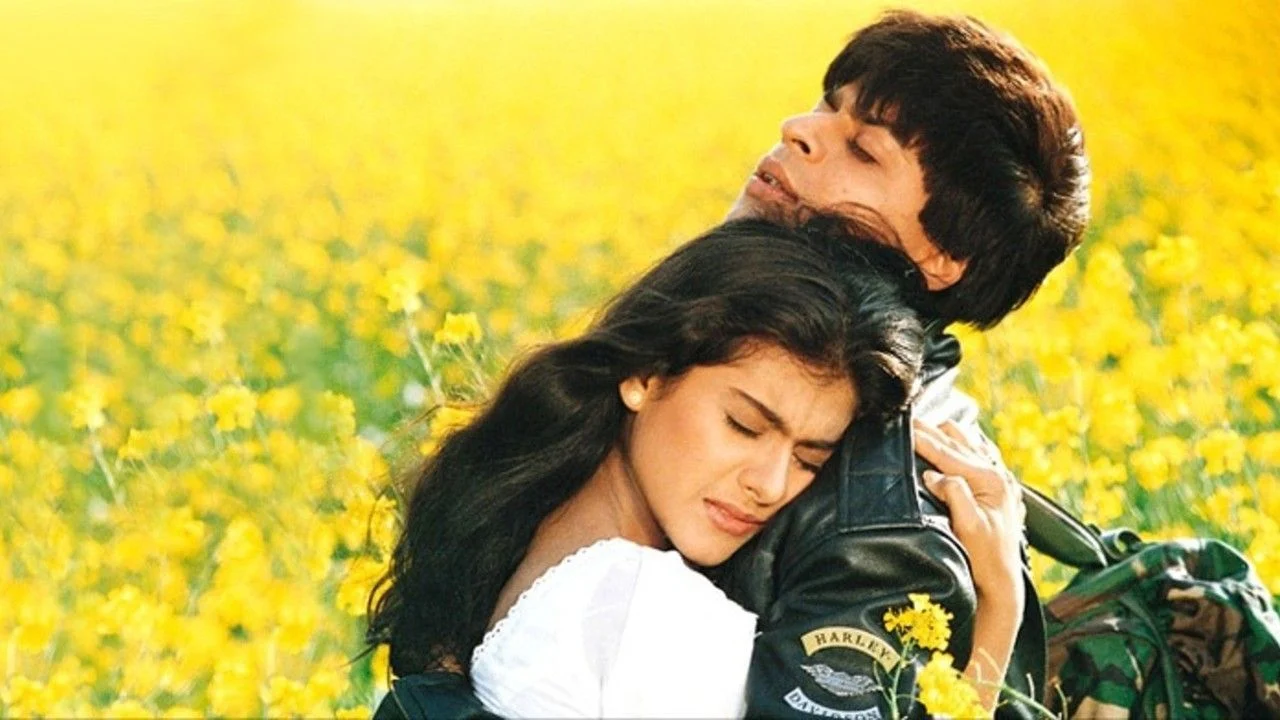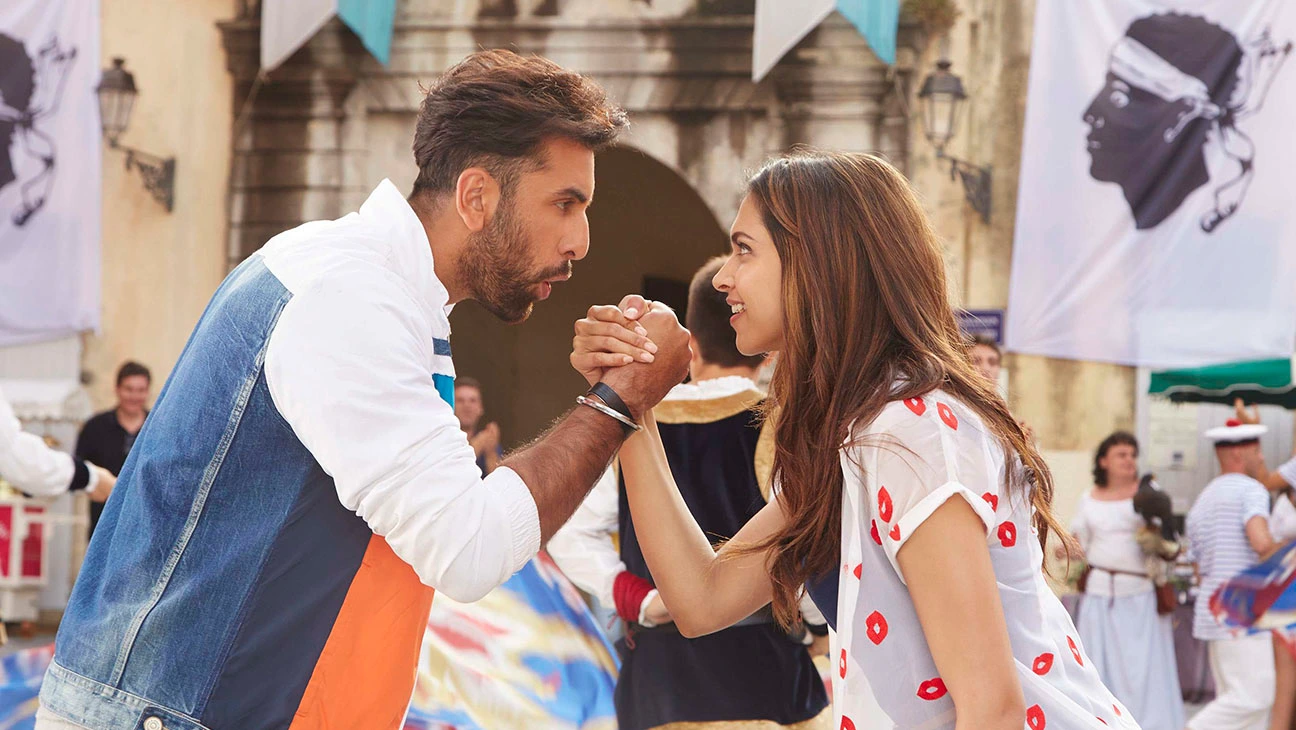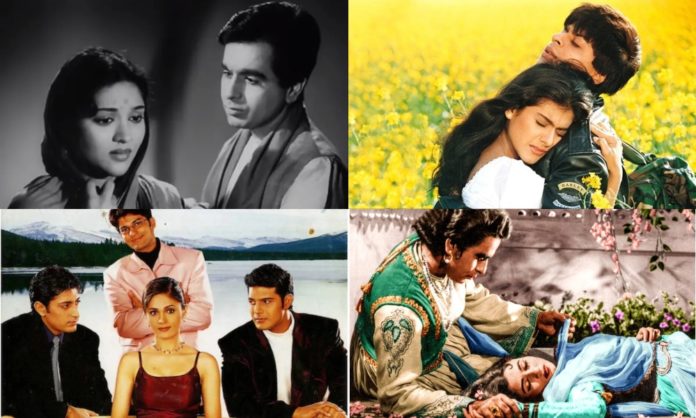Until the 1950s, most Bollywood films used to have three main characters – the hero, the heroine, and the Zalim Samaj – the heartless society. The conflict in the story arose when the Zalim Samaj tried to come between the two lovers.
This Zalim Samaj – often symbolized as a father – used to arrogantly dismiss the union of lovers over a dinner simply because the girl was of a different caste. Then, the hero, say Devdas, didn’t even have the guts to look in the face of society and say that it had ruined his life. Devdas could only protest in a roundabout manner by choosing the path of self-destruction. However, even his tragic life and death could not move the heartless society.

In the case of Pakeezah – a film that was also started in the 50s but released after a long delay in 1972, the first hero (a role played by Ashok Kumar) couldn’t even launch a roundabout protest against the Zalim Samaj while the latter was not even slightly shaken by the tragedy it had caused.
However, something happened between the 50s and the 60s and while the crows and kites that had feasted on the abandoned dead body of Devdas were probably still alive, the Mughal-e-Azam arrived. The 1960s epic movie came with a bang and left the audience speechless and intrigued by the newly found grit of the hero and the heroine in the face of an all-powerful society.
Now, people saw the rare scene of the hero, Shahzada Salim, looking into the eyes of the Zalim Samaj – the Mughal-e-Azam, in an act of defiance and the heroine telling the oppressive society that she had only loved someone and not committed any sin – Pyar Kiya Koi Chori Nahi Ki.
This spirit of rebellion, which was something novel at that time, continued to grow through the 60s into the 70s when the hero, becoming a complete rebel, learned even to jeer at the third member of the trinity.
The Zalim Samaj might frame him in a crime he had not committed and get him jailed. However, the hero could break the prison and constantly deal a blow to it while also melodiously singing Le Jayenge Le Jayenge Dilwale Dulhania Le Jayenge – The true lovers will carry along the bride.

In 1974, movie Chor Machaye Shor, the Zalim Samaj – represented by the heroine’s father (Kamal Kapoor) and his friend (Madan Puri) – ultimately had to give in because of the hero’s resourcefulness, tenacity, and perseverance.
In the 1980s and the 1990s, the Zalim Samaj continued to lose its territories – slowly but surely. It was still very powerful but had passed its heyday and the other two members of the trinity had now become habitual of staging successful rebellions against it.
The Zalim Samaj still tried its best to separate the lovers but they always put up a fight while warbling: Wada Raha Sanam, Hongay Juda Na Hum Chahay Na Chahay Zamana – it is a promise, we won’t separate whether people like it or not.
At one point, it seemed that the story would go on like this forever but this didn’t happen and by the early 2000s, the Zalim Samaj began to die. However, before its death, it accepted its defeat in 1995, in the movie Dilwale Dulhania Le Jayenge.
In this movie, the Zalim Samaj – once again symbolized as a father (Amresh Puri) – gives in to the lovers and formally allows them to live a life of their choice: Ja Simran Ja, Jelay Apni Zindagi – Simran, you are free. Live your life!
The lovers were overjoyed when society finally surrendered. Once the union between a rich girl and a poor man was almost impossible; but now no one was there to object even to live-in partnerships, inter-faith marriages, and even gay or lesbian relationships. Sometimes some close relatives of the deceased Zalim Samaj did turn up but instead of acting like an overbearing father, they behaved like a peevish aunt who could only criticize the lovers or turn up her nose at them. However, such visitors also became increasingly rare. When the third character of the trinity died, the conflict of the story also ended. No one was now interested in coming between two lovers and all external hurdles had been removed.
This was a problem for the filmmakers who wanted to tell a love story in the new millennium and the filmmakers dealt with this problem by creating a new set of “internal hurdles”. One of the first examples of this new love story was Tum Bin (2001) in which nobody is stopping the heroine from marrying the protagonist. However, the heroine has to turn around the business of her deceased fiancé. The hero is also hesitant as he is the one who accidentally killed the heroine’s betrothed.

Now, the conflict is inner. The remaining two characters of the former trinity will now have to realize their love for each other and jump over their internal hurdles. These internal hurdles took on new proportions in the film Tamasha (2015). The hero and the heroine meet on the island of Corsica and the hero introduces himself as “Don” – a character famously pursued by the police of 11 countries. Taking a cue from this weird introduction, the heroine also assumes the role “Mona Darling” – a stock character from the 1970’s Indian movies.
Both of them behave in a funny, non-serious, and sometimes wild and carefree manner, interacting with each other through famous dialogues of popular movies and constantly finding occasions to sing, dance, and frolic on the beautiful French overseas territory.
Interestingly, they never tell each other their real names or antecedents, as, according to the filmmaker, the characters are interacting with each other after taking off their masks.
The heroine leaves the island abruptly without saying goodbye to the hero but on reaching India, Tara – that was the real name of the heroine – realizes that she has actually fallen in love with the protagonist.
After a long search, she ultimately finds him in a café. They immediately start dating but when Ved proposes to her, Tara tells him that he is not the person she was looking for. She was looking for the flamboyant Don of Corsica but had met Ved, a mediocre product manager who lives a mundane life in the modern part of New Delhi. This is a massive shock for Ved and he starts losing his mind. However, this shock ultimately results in dealing a blow to the “shell” that is hiding the protagonist’s “true self” and the flamboyant Don finally manages to break free of the shell. The film ends on a happy note.

However, while Imtiaz Ali – the director of Tamasha – was insisting on finding love stories even after the death of the Zalim Samaj, the life of the remaining two characters of the former trinity was becoming mundane. The passion that once drove them had started to subside and even disappear. When the life of this couple became too boring for the commercial cinema, directors started looking for new subjects. As the number of films based on love stories started to progressively decline, love songs also started to disappear.
Ironically, the death of the Zalim Samaj – the nosey, intrusive, ruthless society – had also brought an end to love stories. Loveless, Bollywood had finally come of age.




































